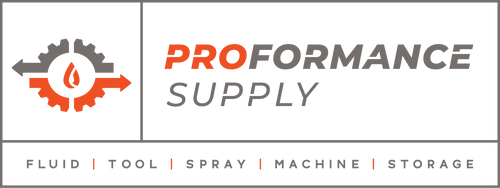Proformance Supply has a well stocked, ready-to-ship inventory of oil storage tanks, diesel fuel transfer equipment, garage tools, and shop equipment that you use day in and day out. Our dedicated team ensures your order will be fulfilled without delay.
Ultra-IBC Spill Pallet With Drain | Stack 2 IBCs | UltraTech 1058
The IBC Spill Containment Pallet boasts a hefty weight capacity of up to 6 tons, making it ideal for stacking two IBC totes and optimizing floor space.
With a robust weight capacity of 16,000 lbs., it ensures secure stacking of two full IBC containers, all while providing a generous 400-gallon spill containment capacity, meeting EPA’s SPCC spill containment regulations.
Constructed entirely from polyethylene, this pallet guarantees superior chemical compatibility, eliminating worries of rust and corrosion. Its 100% polyethylene composition ensures durability and longevity without any metal parts. Cleanup is a breeze with easily removable grating and inner components, making maintenance hassle-free.
This UltraTech 1058 IBC Spill Pallet DOES have a Drain.
IBC Spill Containment Pallet Specifications
- Dimensions: 58.8"L x 58.8"W x 33"H
- Grating Surface: 52"L x 52"W
- Weight Capacity: 16,000 Lbs.
- Spill Capacity: 400 Gallons
- Pallet Weight: 444 Lbs.
- Drain: YES
IBC Spill Containment Pallets Help You Comply With:
- 40 CFR 264.175 ‐ Hazardous waste containment systems must be free of structural cracks or gaps, be designed to keep spilled liquids from remaining in contact with the container, prevent run‐on and “have sufficient capacity to contain 10% of the volume of the containers, or the volume of the largest container, whichever is greater.”
- 40 CFR 122.26 ‐ When applying for a National Pollutant Discharge Elimination System (NPDES) permit, facilities must have a plan in place that describes actions, procedures, control techniques, management practices and equipment available to prevent illegal discharge of pollutants into waterways.
- 40 CFR 112.7 ‐ SPCC planning requirements state that facilities subject to these regulations must have written plans in place discussing the products, countermeasures and procedures that are in place, or will be taken by the facility to prevent discharge of oil into waters of the United States.








